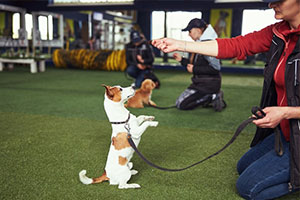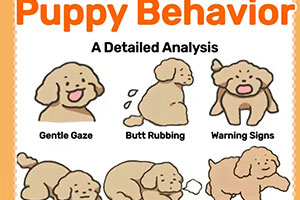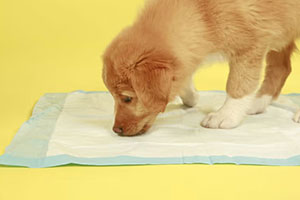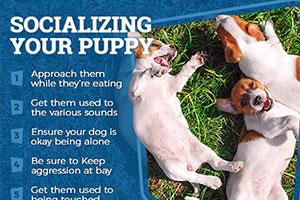Walking to Heel
Dogs Training | by
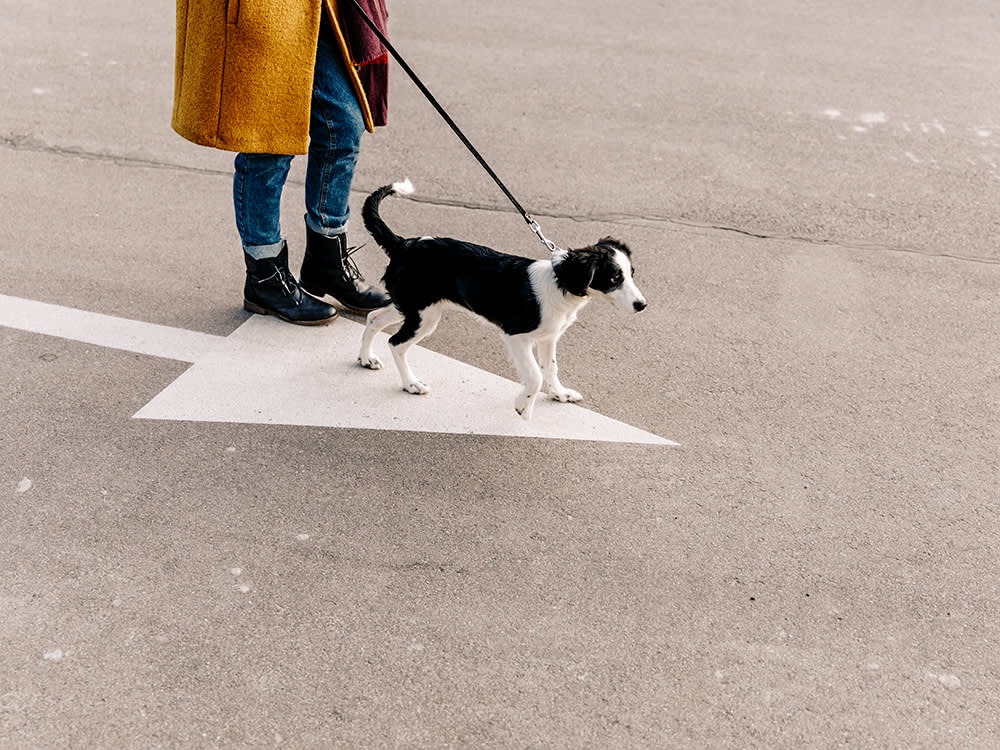
The first in obedience training, is to teach your puppy to walk on the lead without pulling. From the sight of the average dog on its lead, this is a lesson that is commonly never learned.
First steps are best taught in your own back garden or somewhere equally quiet. The puppy is already aware that a lead is attached to his collar but not that this is intended to restrain him. Pick up the lead and walk the puppy round the garden, telling him to "heel". As soon as the puppy starts to pull, simply stop and encourage him to come to you - bribes work. Do not have a tugging battle. Start moving around again, with the promise of more bribes, donkey-and-carrot style. The puppy will soon overcome his fear of the restraint. Remember, you are supposed to think like a dog. Trading a little restriction on freedom of movement for a dog treat is fair exchange.
These first steps need to be repeated for as long as it takes, but in sessions of only a few minutes. You will get bored but the puppy will not think "training session", it will think "dog treat time".
Professional trainers often declare that bribes like treats are not to be encouraged, because they teach the dog to expect a treat whenever it does the right thing. This is true, but remember that dogs of different breeds vary in the ease with which they can be trained. A Border Collie may be so anxious to please that a pat on the head is sufficient reward for any obedience success. But a terrier is a very different matter. Pats are all very well, but they don't taste as good as dog treats.
Once the puppy has overcome his fear of the restraint of the lead, some discipline does have to be introduced. Every puppy will decide that being on a lead should be challenged, and he will try an experimental pull to see what happens. This seems to be where everything goes wrong. The owner merely pulls against the dog's pull, and the dog quickly learns that the normal thing is to lean into the lead and pull the owner around behind him. This is the stage that a high proportion of dogs on leads reach.
Do not allow the pull to become established. Call the dog back to you immediately and stop walking. Praise him, yes even bribe him, when he comes back. Start again and keep the puppy on a very short lead so that he is not moving out ahead of you. Remember also that the top dog walks ahead. Who is top dog in your family?
There is something to be said for remedial training immediately if loose lead walking seems to elude you and your dog. The simplest device is the "Coke can". This is exactly what it sounds like - an empty soft drink can that has been filled with small pebbles to make a rattle. If the dog persists in pulling ahead, throw the pebble can just ahead of the dog. The surprise will often help to break the habit. Repeat as often as necessary to convince the dog that if he pulls on the lead a startling noise will occur, which has nothing to do with the ineffectual human hanging on to the lead.
A little more expensive, but a useful investment, is to buy an extending flexi lead. These are nylon leads that extend to a considerable length, unwinding from a spring-loaded handle. Many owners use them to give their dog plenty of room to roam around them on a walk, without losing control of the dog.
The lead can also be used to cure a pulling dog. Allow the dog to run out on the lead 0 do not pull against it - and when the dog feels that he is running free, put the break on the lead. It pulls the dog up suddenly. Use of the flexi lead with a normal buckled collar avoids the risk of injuring the dog. The sudden stopping action teaches the dog that his lead is there as a restraint rather than to pull against. The lesson is usually learned very quickly if accompanied by a suitable command that the dog will associate with the sudden stop to its run. Clever owners learn to use the clicking noise that the lock makes as the signal to their dog to stop in his tracks.
The choke chain has not been mentioned as a training aid for teaching walking to heel, mainly because it doesn't work until it is used so fiercely that there is danger of injury to the dog.
The choke chain and the slip lead are sometimes confused. They are two different things. The slip lead, which is usually a leather or nylon lead with a ring in one end threaded to form a noose, is a useful piece of equipment if there is a risk of the dog slipping its collar and lead. It is easily loosened, and does not have the harsh restraining action of the choke chain.
Once your dog walks to heel on a loose lead, and responds to your command to heel with reasonable alacrity, you are on your way to having an obedient dog.
